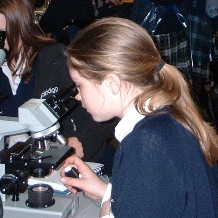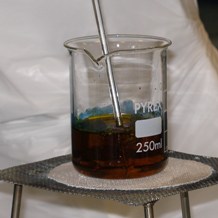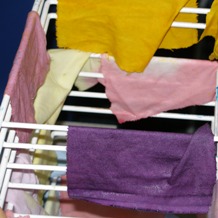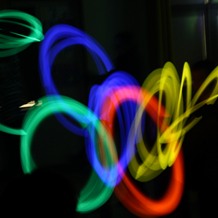Key Stage 3
Activities and Events
Chemical Supermodels
Using Molymod kits and pictorial instructions to build models of a wide
variety of molecules, from simple gases to complex drug molecules
involving tens of atoms.
Chemistry on Cue
Can you make a chemical “clock” that changes colour on cue? This
activity uses the iodine clock reaction to explore reaction rates.
Colourful Chemistry - Demonstration Lecture
How have chemists brought colour to our lives? Why do chemists use colour to help them understand the world around them? What makes fireworks look so pretty? The answers to these and other burning questions will be answered in this exciting lecture, delivered by Dr Annie Hodgson from the University of York. Prepare to be amazed as colours change before your eyes, but don’t be surprised by the odd flash or bang along the way.
CSI-The Great Jewel Robbery
Barchester Grange, the home of Lady Agatha Ponsonby-Smallpeace, has been
burgled. The safe in the study was opened and a collection of
jewellery, worth an estimated £750 000, was taken. There are a number of
clues at the scene, which may point to the identity of the main suspect
for the crime. Chromatography can be used to compare black ink from a note left at the crime-scene with the ink from pens belonging to the suspects. Using microscopy,
slides of fibres taken from the clothes of all the suspects can be
compared to samples taken from the scene of the crime, to see if any
matches can be found.
Dyes and Dyeing
This can be pretty messy. We extract natural dyes from a range of
materials to dye samples of fabric. The effect of using different
mordants can be explored. The results of this workshop can lead into
craft activities. One school made a huge collage of a "dyenosaur" from
their patches of coloured fabrics!
Exploring Colour
This incorporates a range of activities including an experiment with
peripheral vision, visual illusions and colour vision. Some schools
have linked this with an activity painting colour wheels.
Just a Minute
Blowing the tops off film canisters with sodium hydrogen carbonate
(bicarbonate of soda), citric acid and water. This is great fun, but not
for those with a nervous disposition! If it is dry weather, you can do
this outside as it is rather messy, but it is fine indoors with care.
The challenge is to work out how much of each of the ingredients is
required to blow the lid off the film canister in exactly one minute.
Salters' Festival of Chemistry
York hosts an annual Festival of Chemistry on behalf of The Salters' Institute. Teams of 4 pupils (from years 7 and 8) represent their schools in a competition in which they have to successfully complete two chemical challenges. The day concludes with an exciting chemistry demonstration lecture.
Further details can be found on the the Salters' Institute website. Enquiries and entry applications should be made directly to The Salters' Institute.
Spectroscopy in a Suitcase (SIAS)
Light comes in a rainbow of colours and can tell us so much about the universe around us. Spectroscopy is a way to investigate these colours, revealing the chemistry happening in a test tube or in a galaxy far away. Using a portable Spectroscopy in a Suitcase kit, originally developed by the Royal Society of Chemistry (RSC), participants can engage with a range of demonstrations to discover the properties visible and ultraviolet (UV) light.
Sun Cream Investigations
This is an exercise in which students have to work out which of three
sunscreens is the most effective. They have to design their own
experiment using the equipment provided, which includes some UV
photochromic beads that are white until exposed to UV light, when they
change to one of five colours. In a simpler version of the activity for
younger pupils, they follow a set of instructions to complete the task.
The students can make a bracelet of UV sensitive beads to keep.
Veggie Power
Using batteries made from fruit and vegetables to power simple devices, such as pocket calculators and LEDs.
Resources
A Question of Cooling
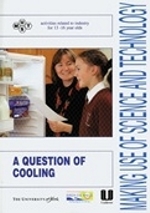
These materials help students to gain an understanding of a number of scientific ideas through investigating how a refrigerator works.
Breathing Made Easy
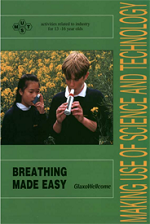
Breathing made easy helps students understand asthma, its diagnosis and treatment through role play, practical work and demonstrations.
Clean Science
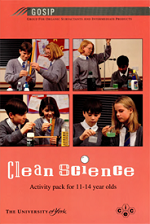
Students investigate the cleaning power of washing agents and through a series of investigations.
Fit To Drink
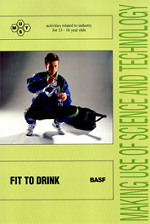
These activities look at the analysis of drinking water quality. The unit is suitable for use with students who have prior knowledge of the water cycle and of simple water treatment by filtration and chlorination.
Frozen Assets
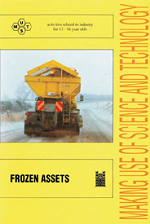
This activity engages students to consider the responsible use of chemicals and to analyse the impact of a product through all the stages in its life. In this context, students compare different de-icers that might be used on roads in winter. They consider the costs and other factors involved before selecting de-icers for use in some sensitive locations.
Green Chlorine
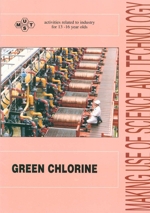
These materials help students understand the underlying principles of electrolysis and how this process is used in the manufacture of chlorine from brine (salt solution). Students see how the technology has developed and changed the efficiency of the process.
Hot Chocolate
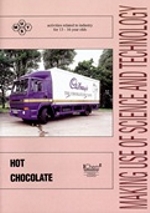
These activities help students to investigate the absorption of radiation, heat transfer and heat capacity.
Industry Animated
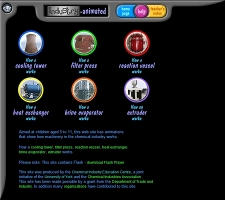
Industrial processes such as filtering, cooling and heat exchangers are brought to life on this website. The animated pictures illustrate clearly and simply the principles on which the processes are based and additional notes are available for free download.
Let Sleeping Bags Lie

This series of activities investigates heat transfer and the thermal insulation properties of sleeping bags. Detailed teacher guidance and student activity sheets are provided in the materials.
Magnox
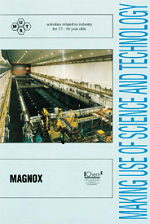
These materials look at nuclear fission and nuclear reactors. The activities examine the trend in reactivity of the metals in group II of the periodic table, and include a brief study of isotopes in relation to nuclear fission and nuclear fusion reactions.
Molecules Matter
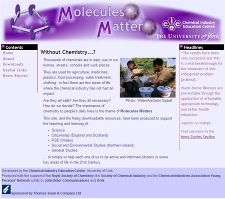
The role played by chemicals in modern life is the theme of this resource, designed to support science, general studies and citizenship. All resources, including lesson plans and a 6 minute video clip, may be freely downloaded from this site. It also includes a regularly updated section with links to news articles on the topics covered.
Recycling Cities
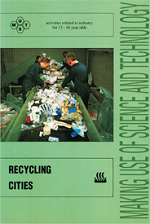
These activities help students to examine the recycling of materials and focus on the properties of plastics, purifying components of a mixture, waste disposal and sustainable development.
Renewables Don’t Run Out
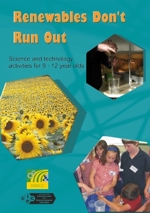
A science and technology resource for KS2 and KS3 that explores alternatives to fossil fuels for producing energy and oils. Includes practical activites such as extracting plant oil and comparing plant-based fuels.
Risk-Ed

Are you a tiger or a mouse when it comes to risk? This stimulating website is aimed at pupils and adults of all ages and explores a wide range of issues related to hazard and risk. Learn how hazards are measured and the types of hazard that exist such as chemical and environmental hazards and discuss whether or not some risks are worth taking.
Sustainability-Ed
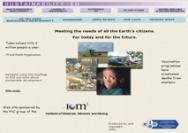
A free access website that examines many of the issues surrounding sustainability. Includes case-studies on waste disposal, electric vehicles, cotton/polyester and PVC.
Science Special Needs Supplement
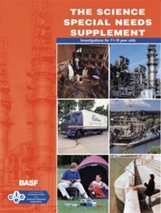
A range of science investigations that have been adapted for secondary-school students with particular learning needs. In these activities appropriate teaching and learning strategies allow special needs students to play a full part within science activities.
Sweet Success
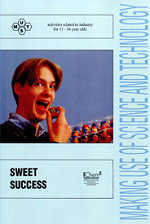
This activity investigates the source of complaints about apparent pieces of 'glass' in cream eggs, and other sugar confectionery. Students explore causes of the problem and also the role of chemical engineers in finding a solution.
Understanding Food Additives
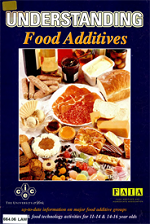
The forerunner of the Understanding Food Additives web site, this resource contains information on a range of food additives and extensive suggestions for practical activities.
Waste Away
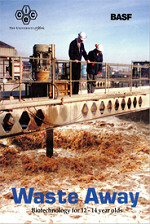
Here the focus is on different types of industrial waste disposal, including the biological treatment of industrial waste using air as a source of oxygen, and the problems that such biological treatment plants face.
